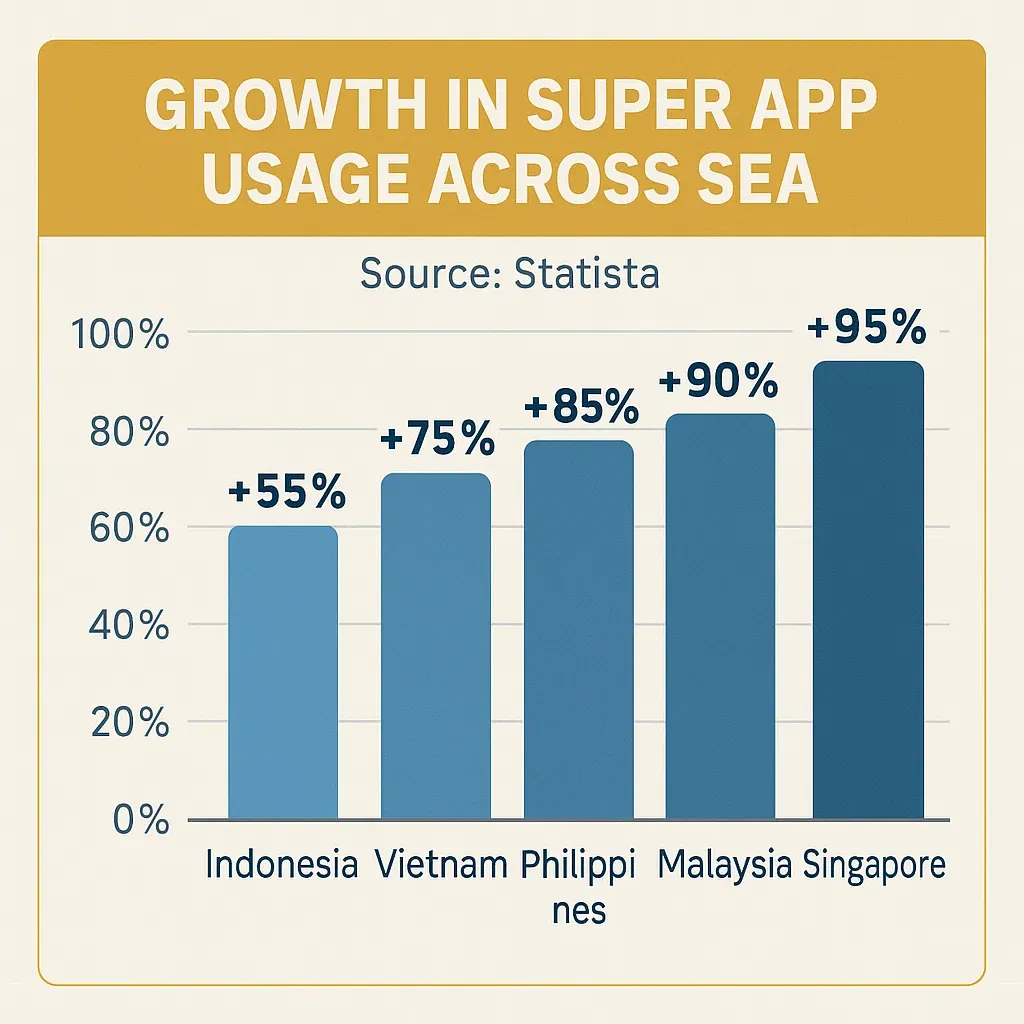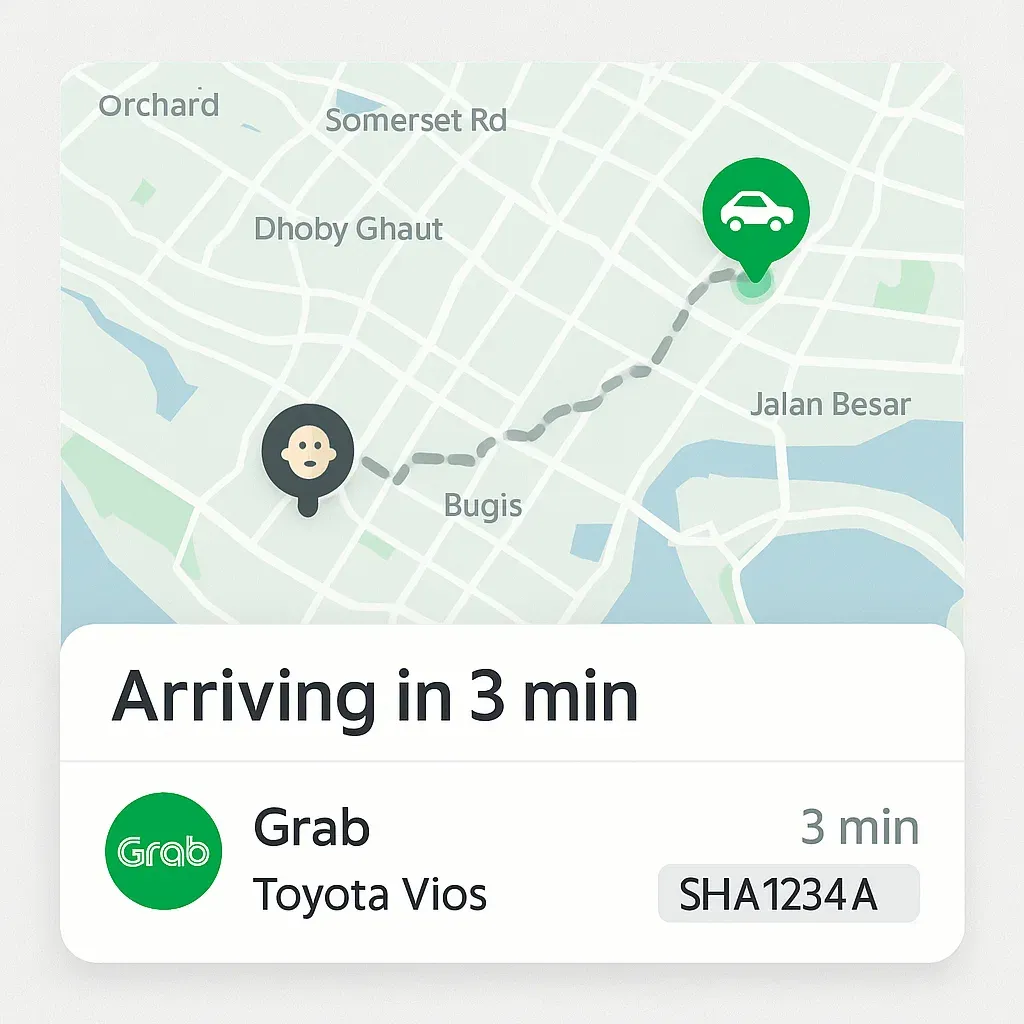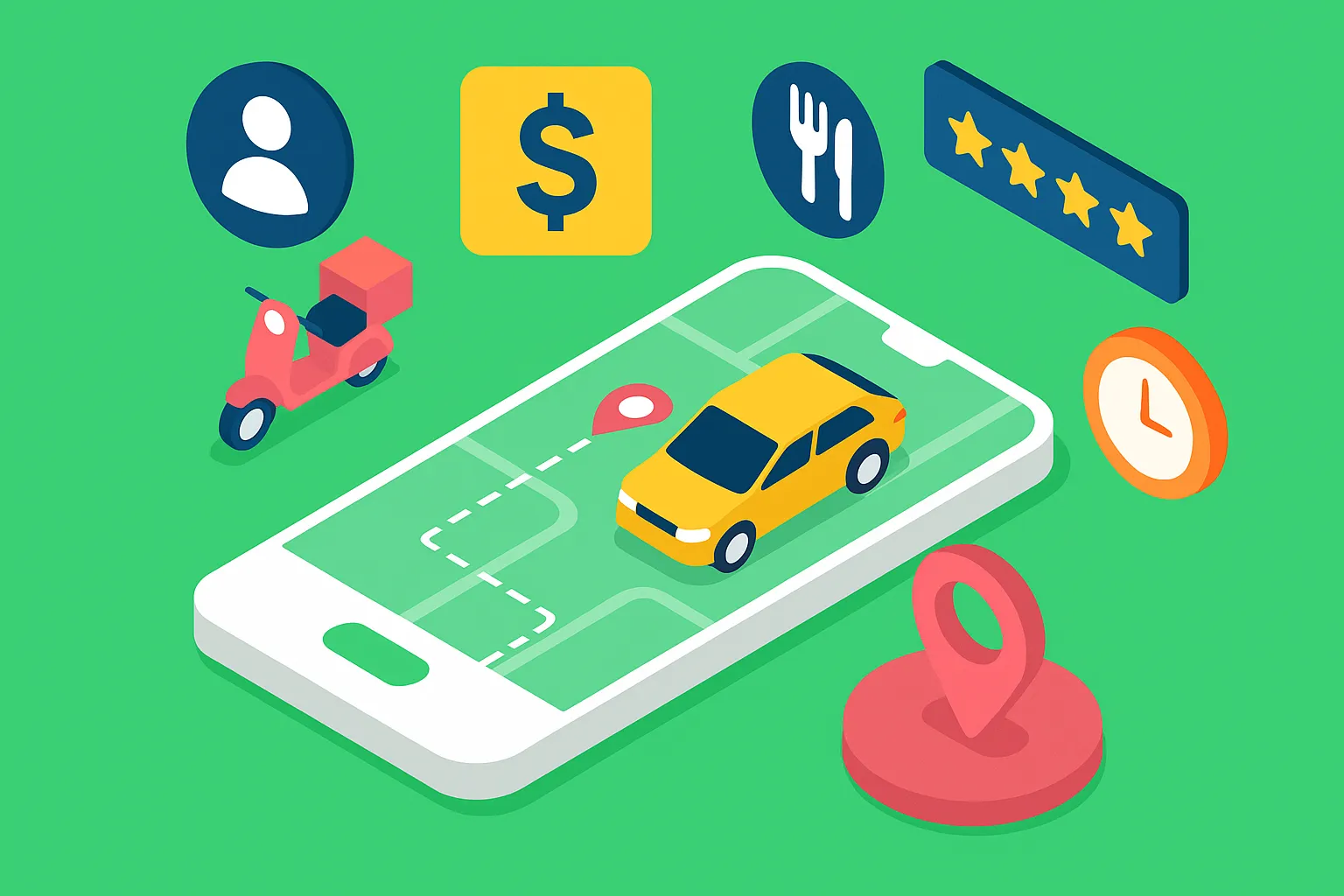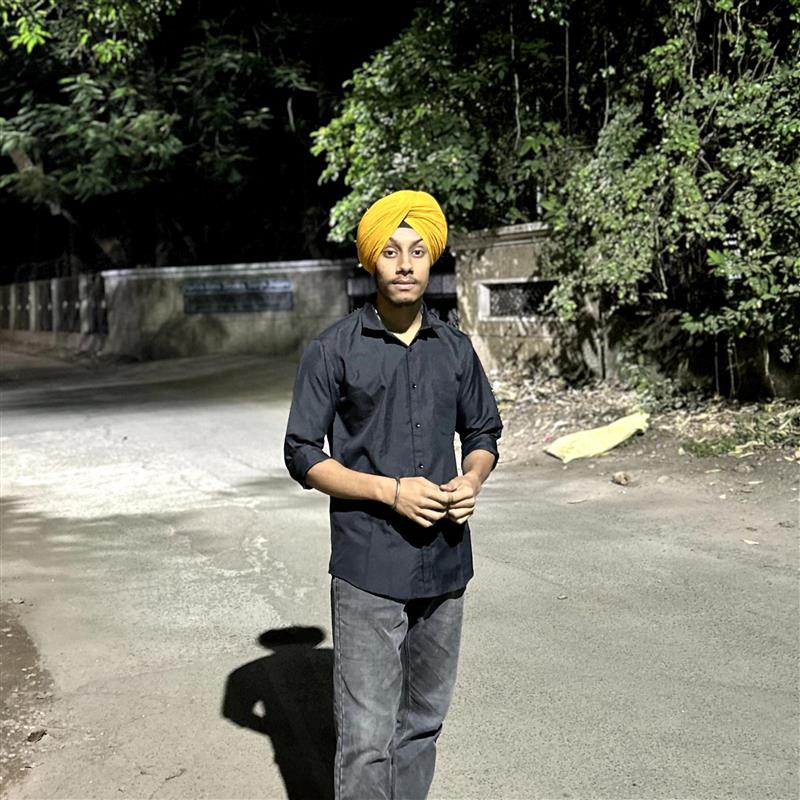Ever felt like your phone’s bursting at the seams with apps? One for rides, another for food, a separate one for groceries, and oh—yet another to pay the driver. That’s app overload. Now imagine opening just one app and doing everything—from hailing a cab to booking a massage. Sounds dreamy, right?
That’s the magic Grab pulled off. Starting as a humble ride-hailing startup in Malaysia, it morphed into a multi-headed beast of convenience for over 180 million users across Southeast Asia. It’s not just a “taxi app” anymore—it’s a lifestyle in your pocket. From delivery to digital banking, Grab is a Swiss Army knife for smartphones.
If you’re a startup or entrepreneur dreaming of creating the next big thing in the app world, understanding the features behind Grab’s rise is your starting line. And at Miracuves, we’ve helped turn countless “what ifs” into full-fledged app ecosystems. So buckle up—let’s unpack what makes Grab tick.
Why Grab Isn’t Just an App—It’s a Super App
Grab didn’t just survive the startup race; it lapped the competition. Why? Because it stopped trying to be “just” another Uber or DoorDash. Instead, it became Southeast Asia’s answer to WeChat and Gojek. The idea? Keep users inside the ecosystem as long as possible.
This move wasn’t just clever—it was crucial. In regions where smartphone storage is limited and data isn’t cheap, an app that can do it all is a godsend. From logistics to lending, Grab understood the assignment.

Read more: Launch a Super App Like Grab in Days, Not Months – Here’s How
Core Features That Make Grab Irresistible
1. Ride-Hailing Services
This is where it all began—booking a ride in just a few taps. Grab offers multiple tiers: JustGrab, GrabCar Premium, GrabTaxi, and GrabBike. And let’s not forget the scheduled rides, fare estimates, and real-time driver tracking.

2. Food Delivery
This vertical skyrocketed during the pandemic. With smart filters, live tracking, contactless delivery, and scheduled orders, GrabFood became the go-to for millions craving pad thai or bubble tea at midnight.
Features That Stand Out:
- AI-powered recommendations based on past orders
- Live chat with riders
- Bundle deals & vouchers
3. Parcel Delivery
A lifesaver for busy city folk, GrabExpress lets users send packages across town in minutes.
- Real-time delivery tracking
- Photo proof of delivery
- Scheduled pickup
This service became especially vital for SMEs running Instagram stores or Shopify storefronts.
4. Grocery & Essentials
GrabMart turns the app into a digital supermarket—fruits, diapers, ramen—delivered in under an hour.
Cool Extras:
- Inventory synced in real-time with partner stores
- Promotional flash sales and loyalty points
- Wishlist and reorder button
5. Financial Services (GrabPay, GrabFinance)
Money moves fast—and so does Grab. With GrabPay, users can:
- Pay for rides, food, or at physical stores
- Transfer money to peers
- Top-up mobile credits
GrabFinance dives even deeper:
- Microloans for small businesses
- PayLater for customers (BNPL model)
- Insurance options
By blending fintech with lifestyle, Grab blurs the lines between a wallet and a wish list.
6. Rewards & Loyalty
Gamification keeps users glued. With every transaction, users earn GrabRewards points which they can redeem for vouchers, rides, meals, or even discounts on services like Netflix.
- Tiered membership (Member, Silver, Gold, Platinum)
- Flash deals & seasonal campaigns
- Partnerships with travel, lifestyle, and entertainment brands
7. Subscription & Premium Services
Enter GrabUnlimited, a subscription plan offering:
- Free delivery
- Exclusive merchant deals
- Priority support
This model works wonders for power users and boosts monthly recurring revenue (MRR) like a charm.
8. In-App Mini Services
You’ll also find:
- Hotel bookings
- Movie ticketing
- eScooter rentals
- Job listings and health services
This “mini program” strategy (inspired by WeChat) keeps the app sticky without cluttering the UI.

Read more: Best Grab Clone Scripts in 2025: Features & Pricing Compared
Emerging Features & Future Roadmap
AI, Voice, and Predictive UX
Grab is investing in voice search, AI chatbots for service, and predictive ordering (like recommending your favorite coffee at 9AM). They’re not just playing catch-up with Google Assistant—they’re innovating locally.
Green Mobility
With a growing emphasis on sustainability, Grab is piloting electric vehicles, carbon offset options, and eco-friendly delivery packages.
Want to Build the Next Grab?
The journey from app to ecosystem is no joke. But it’s totally doable—if you get the feature mix right and the user experience tight.
That’s where Miracuves steps in. Whether you’re looking to launch a Grab clone app or craft your own hybrid, we offer scalable, secure, and monetization-ready platforms designed for growth.
Read more: Launch a Super App Like Grab in Days, Not Months – Here’s How
Conclusion
Grab’s success isn’t magic—it’s feature design, user empathy, and clever integrations done right. By becoming a one-stop digital shop, it locked in users and built loyalty without bribing them.
If you’re planning your own super app story, learn from Grab but don’t copy-paste—elevate. Add your flavor. Focus on real user problems. And scale smart.
At Miracuves, we help innovators launch high-performance app clones that are fast, scalable, and monetization-ready. Ready to turn your idea into reality? Let’s build together.
FAQs
Q:1 What makes Grab different from Uber or Gojek?
Grab doesn’t just stop at rides or food—it’s a full super app with payments, groceries, parcel delivery, and even microloans.
Q:2 Can I build a super app like Grab for my region?
Absolutely. With the right tech stack and feature planning, you can adapt the Grab model for your local needs. Miracuves can help you start strong.
Q:3 Is GrabPay safe to use?
Yes, it uses bank-grade encryption, biometric security, and adheres to local fintech regulations.
Q:4 How does Grab monetize its services?
Grab earns through commissions, delivery fees, subscriptions, ads, and its fintech arm (GrabFinance).
Q:5 What tech stack does a Grab clone need?
Generally: Flutter or React Native for frontend, Node.js/PHP for backend, Firebase/Socket.io for real-time features, and robust APIs for GPS, payments, and logistics.
Q:6 How long does it take to build a Grab clone?
With Miracuves, a Grab Clone launches in just 3–9 days, since the full multi-service framework is already built and only needs branding and setup.
Related Articles:








